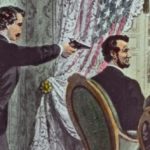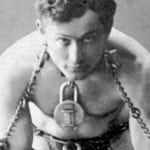 Mysteries
Mysteries  Mysteries
Mysteries  History
History 10 Surprising Stories About the Texas Rangers
 Humans
Humans 10 Philosophers Who Were Driven Mad by Their Own Theories
 Miscellaneous
Miscellaneous 10 Video-Game-Worthy Weapons and Armors from History
 Weird Stuff
Weird Stuff 10 Psychics Who Accurately Predicted Wartime Events
 The Arts
The Arts 10 Pieces of Art Inspired by a Broken Heart
 Health
Health 10 Science Fiction-Sounding New Medical Treatments
 History
History 10 Surprising Facts About the Father of Submarine Warfare
 Space
Space Ten Astonishing New Insights into Alien Worlds
 Weird Stuff
Weird Stuff 10 Bizarre Summer Solstice Rituals Still Practiced Today
 Mysteries
Mysteries Top 10 Haunting Facts About the Ghost Ship MV Alta
 History
History 10 Surprising Stories About the Texas Rangers
 Humans
Humans 10 Philosophers Who Were Driven Mad by Their Own Theories
Who's Behind Listverse?

Jamie Frater
Head Editor
Jamie founded Listverse due to an insatiable desire to share fascinating, obscure, and bizarre facts. He has been a guest speaker on numerous national radio and television stations and is a five time published author.
More About Us Miscellaneous
Miscellaneous 10 Video-Game-Worthy Weapons and Armors from History
 Weird Stuff
Weird Stuff 10 Psychics Who Accurately Predicted Wartime Events
 The Arts
The Arts 10 Pieces of Art Inspired by a Broken Heart
 Health
Health 10 Science Fiction-Sounding New Medical Treatments
 History
History 10 Surprising Facts About the Father of Submarine Warfare
 Space
Space Ten Astonishing New Insights into Alien Worlds
 Weird Stuff
Weird Stuff 10 Bizarre Summer Solstice Rituals Still Practiced Today
10 People Who Documented Their Deaths
Death can be devastating, both to the dying person and his loved ones. But how about someone actually documenting his death? Believe it or not, a number of people have done this throughout history.
Some knew they were dying and documented their deaths, taking notes, or sometimes photos and videos, of their slow end. Others didn’t realize they were dying, even though the possibility was there. Some of these people’s notes have valuable medical uses and give us a glimpse into death.
10 Karl Schmidt

Between September 25 and 26, 1957, Karl Patterson Schmidt, a herpetologist (a person who studies reptiles and amphibians) wrote notes explaining how he felt as he slowly died of a snakebite. The snake that bit him was a boomslang, which is extremely venomous.
The snake had been delivered to the Field Museum of Natural History in Chicago, where Schmidt worked, from the Lincoln Park Zoo. Schmidt was trying to pick the snake up for identification when he was bitten. He started documenting everything that happened thereafter. He even refused medical attention over fears of disrupting the experiment, which he never believed would kill him. (He had no real experience with boomslangs.)
Schmidt listed the foods he ate after the snakebite and the bite’s effects on him. On the day of the bite, he reported bleeding with a chilly and shaky feeling. The next morning, he reported heavier bleeding. He bled from his bowels, nose, and mouth. He also passed blood instead of urine. He became ill that morning and died in a hospital. An autopsy revealed that he died of severe internal bleeding caused by the deadly venom.[1]
9 Prasad

In 2006, scientists got an idea of what cyanide tastes like, thanks to a note written by a 32-year-old Indian man only identified as “Prasad,” who committed suicide by drinking a cup of potassium cyanide. Before Prasad’s note, scientists could only guess the taste of cyanide by examining its chemical composition. Most agreed it would have a very unpleasant taste. They were right. Prasad wrote that it was acrid:
Doctors, [this is] potassium cyanide. I have tasted it. It comes through slowly at the beginning, and then it burns, the whole tongue burns and feels hard. The taste is very acrid . . . I had read in some novel about killing a man discreetly with cyanide. It was smeared on the pages of a book that he was reading, and when he touched his tongue with his finger to turn the book’s pages, he died and no one suspected . . . I am now convinced how easily someone can kill another using this . . .
Cyanide is very deadly, even in minute quantities. A mere 300 micrograms is enough to kill a man. Prasad had been defrauded in a gold deal that made him bankrupt. Unable to come to terms with the incident, he mixed potassium cyanide in water and drank it before writing about its effects. He could not even complete the note before the poison took its toll.[2]
8 Unnamed German Man

In February 2008, two hunters found the remains of an unnamed 58-year-old man lying on a mattress in the forest in the Solling hill region of Germany. The man had starved himself to death. Beside him was a diary he updated as he died. The German police did not release the diary, so we do not have specific details about its contents, but we know that the man wrote about his deteriorating health and certain problems that were bothering him.
For 24 days, the man wrote about everything that was happening to his body. He drank some water but did not eat any food. He was pained over his joblessness, the strained relationship he had with his daughter, and the loss of his marriage. The diary was last updated on December 13, 2007, which would have been around the time he died. He added that the diary should be given to his daughter.[3]
7 John Fawcett
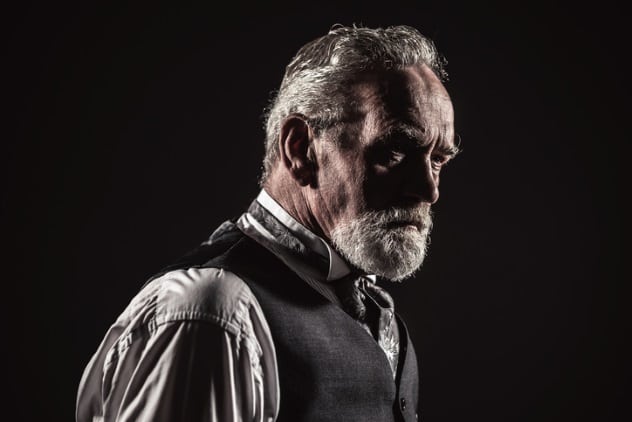
Like today, drug abuse was a problem in the 1800s. It was even scarier then because doctors were the ones prescribing these drugs to people. We’re talking things like opium, morphine, heroin, and laudanum.
Laudanum is among the least known of these drugs, although it is equally dangerous and very addictive. It was used to treat all sort of ailments, from coughing to epilepsy. Parents purchased it over the counter and administered it to their babies without prescription, sometimes with fatal consequences. Between 1863 and 1867, 236 infants died of laudanum overdoses in England.
In another notable incident, the British Journal of Psychiatry published a letter that a lady addicted to laudanum wrote to her doctor. The unnamed woman rebuked her doctor for giving her a laudanum prescription. She complained that it made her sluggish, addicted, and uninterested in housework, which was abnormal for the ladies of the day.
John Fawcett also put his experience with laudanum in writing. As reported by the April 24, 1897, edition of the New York Journal and Advertiser, Fawcett took an overdose of laudanum and documented its effects on his body as he slowly died. He wrote on how the drug made him drowsy. He also added comments regarding his feelings and thoughts. He said he was committing suicide because he was tired of living.
Fawcett’s note ended with the words, “Died twenty-four hours after taking one ounce of laudanum.” Thereafter, he rolled into a nearby pond to drown. It is believed that Fawcett wrote most of the sentence earlier but left the number of hours blank so that he could fill it just before dying.[4]
6 Ricardo Lopez

On September 12, 1996, 21-year-old Ricardo Lopez committed suicide by shooting himself in the mouth. His suicide would have caused little remark if he hadn’t sent a parcel bomb to Icelandic singer Bjork. The existence of the bomb was revealed in the suicide video he made just before his death. The suicide video was part of 22 hours’ worth of video Lopez had started shooting in January.
One person Lopez kept mentioning in his videos was Bjork, who he appeared to be obsessed with. He got jealous when he learned she had a boyfriend, prompting his decision to kill her. He made a bomb with sulfuric acid and mailed it to her London home. He took a pistol with him to the post office on the day he mailed the package so that he could quickly kill himself if he was caught.
An angry Lopez returned home to make the last video. He undressed, painted his face, and sat on a chair, where he shot himself through his mouth while one of Bjork’s songs played in the background. His body was found four days later, after it had started to decay. Officers from Hollywood Police Department recovered the videos, including the last one in which Lopez revealed he’d sent a bomb to Bjork. They informed police in England, and the bomb was recovered before it could be delivered to Bjork.[5]
5 Edwin Katskee
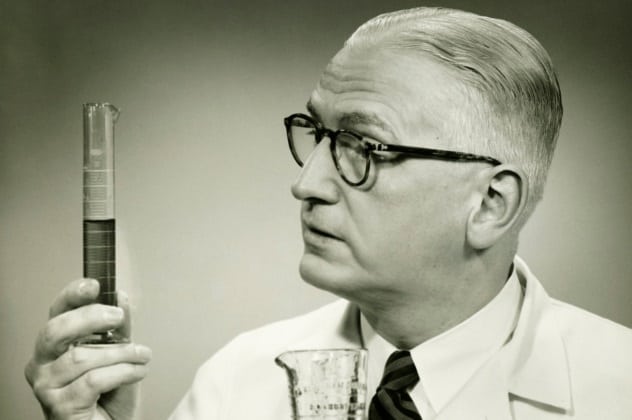
Cocaine was the first local anesthetic that was widely adopted by doctors. Earlier anesthetics were not reliable and were sometimes dangerous to the patients. Cocaine was reliable. It numbed the parts being operated on and did not knock the patients out. However, it was not as safe as the doctors thought, since it was addictive and could kill in large doses.
At the time, there was no general consensus on the approved dosage, and doctors injected cocaine into their patients as they deemed fit. In 1936, Edwin Katskee decided to inject himself with cocaine to determine its effects on the body. He unintentionally injected himself with an overdose and proceeded to write his observations on notes attached to the walls of his office.
His first entry was “Eyes mildly dilated. Vision excellent.” This was followed by “Now able to stand up,” “Partial recovery. Smoked cigarette,” and “Results will be recorded in Rx books! Have a university and college [illegible] any findings. They better be good because I am not going to repeat the experiment.” His last entry was “paralysis.”
It is assumed that Katskee died immediately after writing this “paralysis.” Unfortunately for him, his notes were not very useful. He did not add the time to them and did not write them in any chronological order, leaving scientists to guess which came first. His writing was also very illegible and sometimes unreadable.[6]
4 Daniel Alcides Carrion
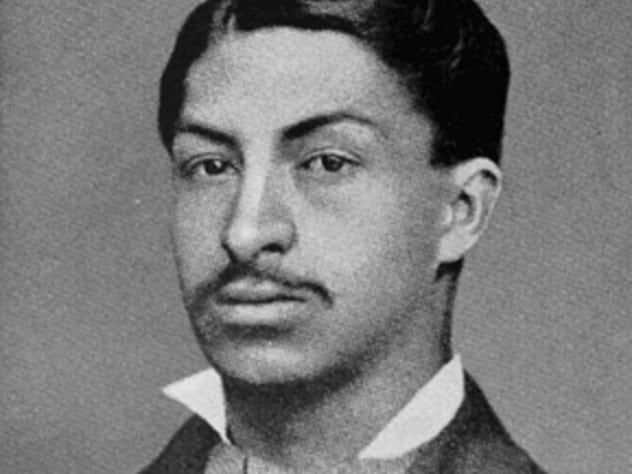
Like Edwin Katskee, Daniel Alcides Carrion experimented on himself and kept notes documenting his death. His notes were very useful, though. Carrion was a medical student in Peru. In 1873, three years before he went to medical school, he witnessed a deadly plague-like disease that killed thousands of people in the towns of Callao and La Oroya. Doctors had never seen anything like it before, and it was fatal to almost anyone who contracted it.
When Carrion was in medical school, Peru recorded a rise in verruga peruana disease, which was already well-known. Carrion took interest in verruga peruana and researched it extensively. Part of his research involved using himself as a guinea pig to determine how the disease affected the body.
On August 27, 1885, Carrion had his friends pass the disease into his body after he was unable to do it himself. He recorded its first symptoms on September 17. By September 26, he was too weak to continue his notes and had a friend write for him until he died on October 5.
Carrion’s notes gave Peruvian doctors an insight into how verruga peruana worked. It also proved that the plague Carrion witnessed three years before going to medical school was another form of the same disease. Today, Peruvians consider Carrion a hero and even named a university after him. Verruga peruana was also renamed in his honor. It is now called Carrion’s disease.[7] (It is also sometimes referred to as Oroya fever.)
3 Timothy Leary
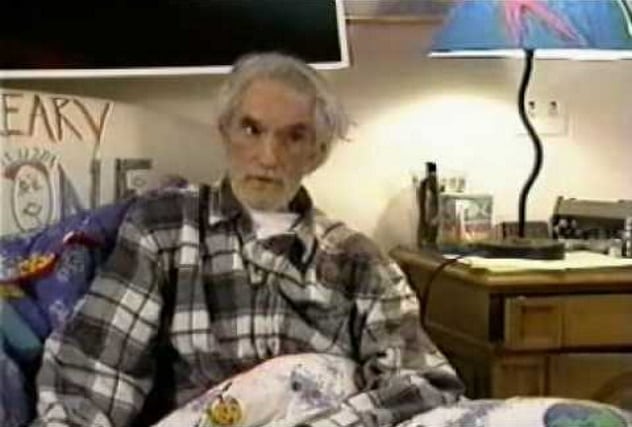
Dr. Timothy Leary was a famous comedian, actor, and prankster. He lived a fulfilled life, having served in the US Army before venturing into showbiz. He also ran for governor and got jailed for drugs before escaping to Europe and Africa. He was recaptured and sent to prison again. In 1963, he was fired from Harvard for experimenting with a mind-altering drug on undergraduate students.
Leary often made jokes about his impending death after he was diagnosed with prostate cancer. He set up a website where he informed his fans about his health. A stranger once met him at a party and greeted him with, “Good luck on your death.”
On a later date, Leary said that statement was among the “most powerful things” he had ever been told. This made him promise to “give death a better name, or die trying.” Leary never gave death a better name, but when he finally died trying in 1996, he had his death filmed so that it could be broadcast sometime in the future. His last words were “Why not?”[8]
2 Nara Almeida

Nara Almeida was a 24-year-old Brazilian blogger who died of stomach cancer in May 2018. After being diagnosed with stomach cancer in August 2017, Almeida started posting pictures of her treatment to her 4.5 million social media followers. The pictures often included captions about her feelings, sleepless nights, and the pains and trauma she was going through.
A month before her death, she posted a picture of herself in the hospital bed with an arm in the air, just before she underwent an immunotherapy treatment. She captioned it, “I believe that in the end everything will work out and I will come out of it very strengthened and ready to help other people.” That never happened.[9]
1 Martin Manley
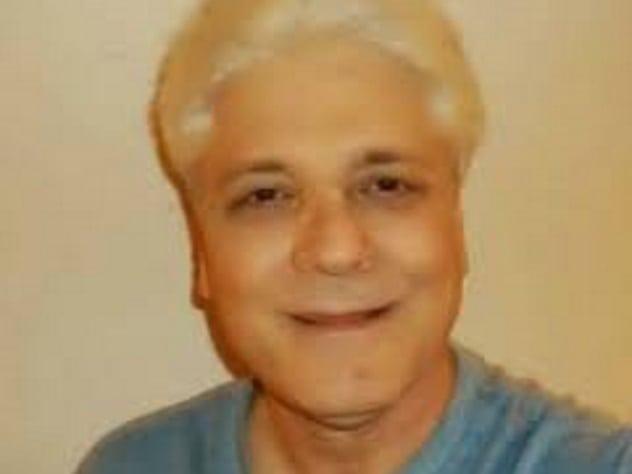
In the early hours of August 15, 2013, sports journalist Martin Manley dialed 911 to report a suicide. After he hung up, he killed himself. Manley’s suicide surprised many. For a start, he did not approve of suicide.
Manley had been working on his own suicide for years. On the day of his death, he published a blog in which he revealed the reason he committed suicide and his personal opinions. Manley wrote that he killed himself because he wanted to control when, where, and how he died. He also explained why he chose the date, the location, and the gun he used. The day he shot himself was his 60th birthday.
Manley had been writing the blog posts for years and had paid for the blog a year before he shot himself. He only put the blog online on the morning of the day he shot himself. He paid for five years of hosting, but Yahoo removed the blog because it was against their terms and conditions. From the blog, it was clear that Manley was a perfectionist who wanted to be in control of whatever happened to him. He revealed that he had edited the blog posts several times over to ensure they were error-free.
Manley also made elaborate arrangements for his burial. Before his death, he had sent some trinkets and letters to several relatives, informing them of his death. The relatives only received the letters after he was dead. He also left specific information on how he should be buried and had already paid for several death expenses, including his cremation.[10] As we mentioned earlier, Yahoo has taken the original site down, but here is a clone.
Read more about death on 10 Firsthand Descriptions Of How It Feels To Die and Top 10 Bizarre Death Related Facts.
